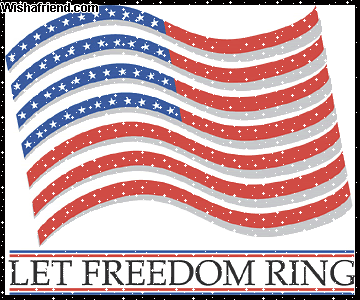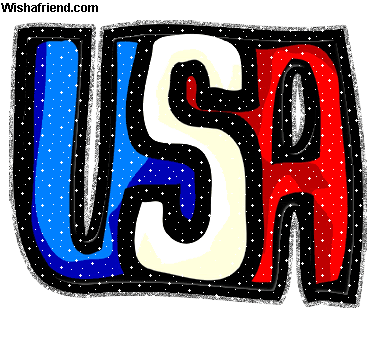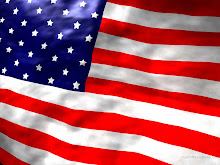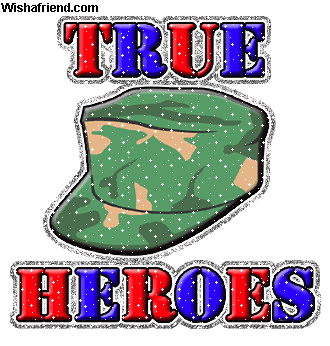George Washington
viernes, 18 de marzo de 2011
 The first president of the United States, George Washington, is often referred to as the Father of Our Country. He was known for his love of the land and farming, and his dislike of war. He was a distinguished general and commander in chief of the colonial armies in the American Revolution. He married a widow, Martha Dandridge Custis, and they lived at Mount Vernon, Washington's plantation in Virginia on the Potomac River.When the Second Continental Congress was made in Philadelphia in May 1775, Washington, one of the Virginia delegates, was elected Commander in Chief of the Continental Army. On July 3, 1775, at Cambridge, Massachusetts, he took command of his ill-trained troops.
The first president of the United States, George Washington, is often referred to as the Father of Our Country. He was known for his love of the land and farming, and his dislike of war. He was a distinguished general and commander in chief of the colonial armies in the American Revolution. He married a widow, Martha Dandridge Custis, and they lived at Mount Vernon, Washington's plantation in Virginia on the Potomac River.When the Second Continental Congress was made in Philadelphia in May 1775, Washington, one of the Virginia delegates, was elected Commander in Chief of the Continental Army. On July 3, 1775, at Cambridge, Massachusetts, he took command of his ill-trained troops. Washington longed to retire to his fields at Mount Vernon. But he soon realized that the Nation under its Articles of Confederation was not functioning well, so he became a prime mover in the steps leading to the Constitutional Convention at Philadelphia in 1787. When the new Constitution was ratified, the Electoral College unanimously elected Washington President.
Today, Washington's face and image are often used as national symbols of the United States. He appears on contemporary currency, including the one-dollar bill and the quarter coin, and on U.S. postage stamps. Along with appearing on the first postage stamps issued by the U.S. Post Office in 1847, Washington, together with Theodore Roosevelt, Thomas Jefferson, and Lincoln, is depicted in stone at the Mount Rushmore Memorial. The Washington Monument, one of the most well known American landmarks, was built in his honor.










